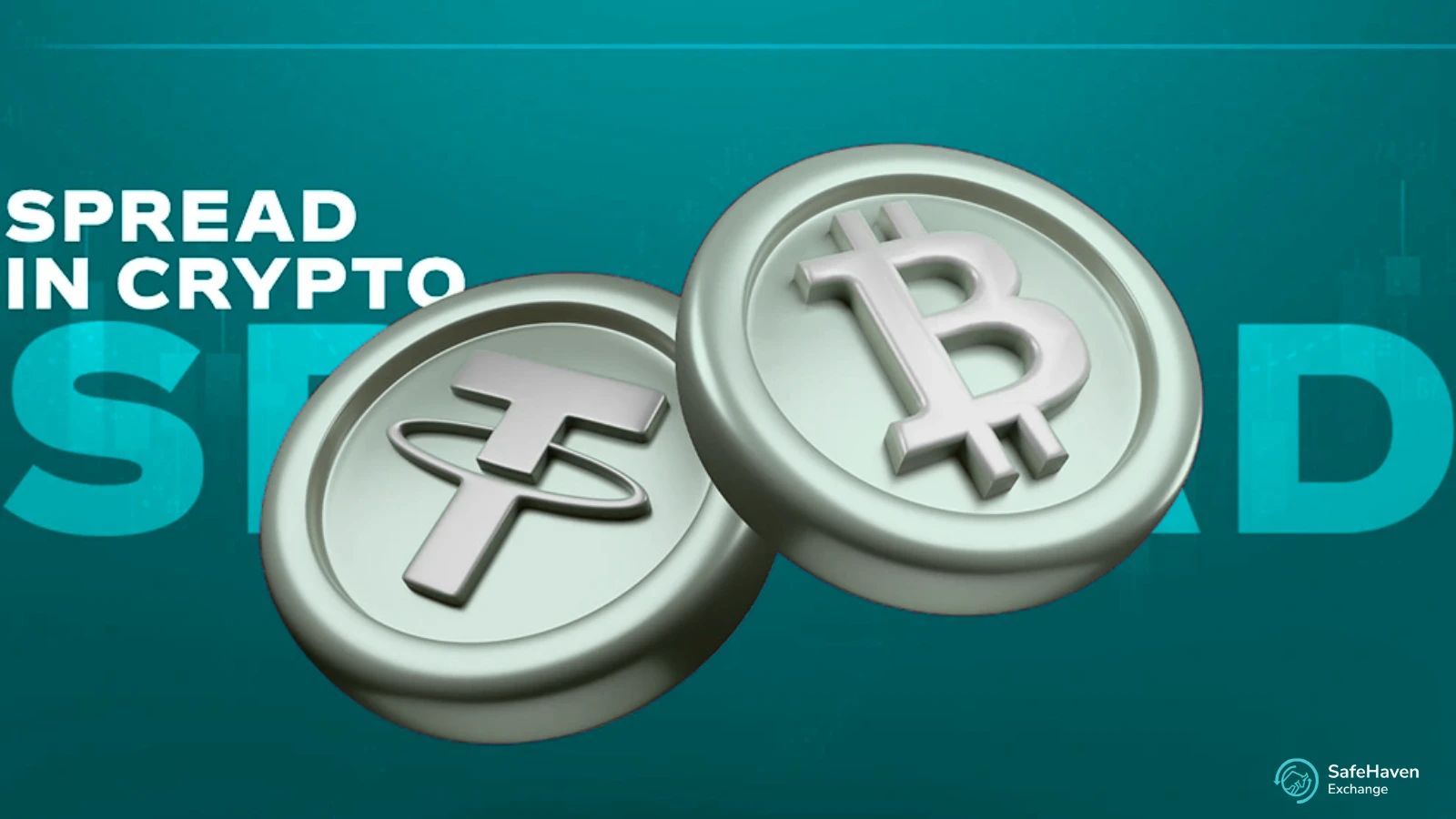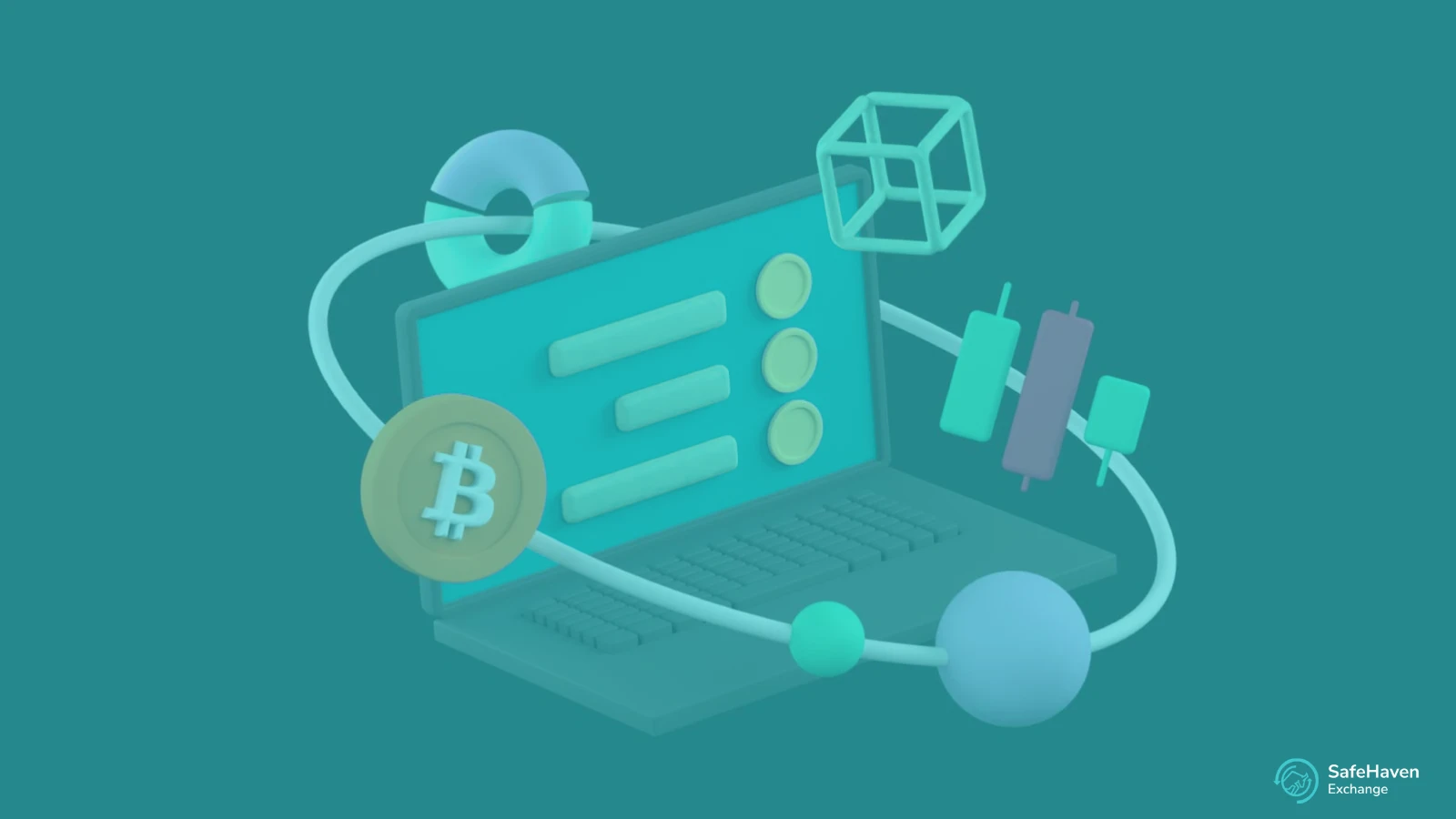Bitcoin offers a new kind of digital money, allowing secure, global transactions without a central bank or administrator. It is built on a technology called the blockchain, which provides a transparent and secure way to exchange value. However, despite its potential, Bitcoin faces challenges such as price volatility, scalability, and regulatory questions. This guide will walk you through everything you need to know.
What is Bitcoin?
Bitcoin is a cryptocurrency, which means it’s a peer-to-peer digital currency that works without a central governing body. It allows people to send money directly to each other. These transactions are secured with powerful cryptography and recorded on a public, unchangeable ledger called the blockchain.
This system not only secures transactions but also presents an alternative to traditional financial systems. It offers a global currency that anyone with an internet connection can access. You can think of it as digital gold. While gold is physically mined from the ground, Bitcoin is “mined” by powerful computers solving complex mathematical problems. Unlike gold, you can’t hold Bitcoin in your hand; it exists only in the digital world.
Bitcoin was first introduced in 2009 by a mysterious person or group known as Satoshi Nakamoto. To this day, their true identity is unknown. Today, Bitcoin is the most well-known cryptocurrency, and its market capitalization is larger than any other digital currency. It has set the standard for the crypto market, inspiring thousands of other digital currencies and starting a new chapter in digital finance.
Key Bitcoin Concepts in Simple Words
- Cryptocurrency: A type of digital or virtual money that uses cryptography for security, making it extremely difficult to counterfeit.
- Blockchain: A digital ledger that records every Bitcoin transaction. Imagine a global spreadsheet that everyone can view but no one can alter.
- Wallet: A digital pouch where you store your Bitcoin, much like a virtual bank account for your digital currency.
- Public and Private Keys: A pair of digital keys. The public key is your Bitcoin address (like an email address), which you share to receive funds. The private key is your secret password to access and send your Bitcoin.
- Decentralization: The principle of distributing control across a network instead of having a central authority. It’s like a group making a decision together, rather than one boss making all the calls.
- Mining: The process of using computer power to solve complex puzzles. This secures the network and creates new Bitcoins as a reward for the miners.
- Satoshi: The smallest unit of a Bitcoin, named after its creator. One Bitcoin is equal to 100 million satoshis.
- BTC: The common abbreviation for Bitcoin, used in price listings, transactions, and financial discussions.
What Makes Bitcoin Different From Other Currencies?
When you compare Bitcoin to traditional currencies like the U.S. dollar, the euro, or the Japanese yen, the differences are significant. Governments and central banks produce and manage traditional currencies, which exist in both physical forms (coins and bills) and digital forms (numbers in a bank account).
Bitcoin, on the other hand, is not issued or controlled by any single government or entity. This makes it immune to the direct control of any one institution. Its value is not tied to a physical commodity or the economy of a particular country.
Bitcoin runs on a decentralized network, where transactions are verified and secured by blockchain technology. Think of the blockchain as a massive, open book that records every single Bitcoin transaction. Everyone can see this book, but no single person controls it. Once a transaction is added, it becomes a permanent and unchangeable part of the record, creating a transparent and secure history.
The blockchain is what provides security and builds trust in the Bitcoin network. It works as if a team of independent librarians (or in this case, computers) is constantly checking and maintaining the records, ensuring everyone agrees on their accuracy. This decentralized structure makes Bitcoin a global, borderless currency.
What Does Decentralized Mean?
A decentralized system is one where power and control are spread out across many points instead of being concentrated in one place or managed by a single entity. Imagine a network of independent villages that govern themselves, as opposed to a kingdom where one ruler makes all the decisions for everyone.
This structure has several important implications:
- Autonomy and Control: Users have more control over their funds and information. There is no central authority that can freeze accounts, impose restrictions, or change the rules.
- Security and Privacy: Decentralization can improve security and privacy because there is no single point of failure. It is much harder to attack the system because there isn’t one central database to target.
- Transparency and Trust: Many decentralized systems, particularly those using blockchain, are transparent. All transactions are recorded on a public ledger for anyone to see, which helps build trust among users.
- Inclusivity: Decentralized systems can be more inclusive, allowing anyone with an internet connection to participate without needing permission from a central gatekeeper. This is especially valuable for people in parts of the world with limited access to traditional banking.
- Innovation and Flexibility: Decentralization fosters innovation. Without a central body dictating development, the system can evolve based on the consensus of its participants.
How Does Bitcoin Work?
Bitcoin functions through a mix of technologies, including the blockchain, mining, and a peer-to-peer network. When you want to send Bitcoin from one person to another, these are the steps involved:
- Transaction Creation: The sender starts the process by entering the recipient’s wallet address and the amount of Bitcoin they want to send.
- Transaction Signing: The sender uses their private key to digitally “sign” the transaction. This acts as proof that they own the Bitcoin they are sending.
- Broadcasting: The signed transaction is sent out to the entire Bitcoin network, where it becomes available for miners to see.
- Verification: Miners on the network check the transaction to make sure it’s valid. They confirm that the sender has enough Bitcoin and the authority to send it.
- Mining: Once verified, the transaction is grouped with others into a “block.” Miners then compete to solve a complex cryptographic puzzle. The first miner to solve it gets to add the new block to the blockchain.
- Confirmation: A transaction is considered confirmed once it is included in a block on the blockchain. With each new block added after it, the transaction gets more confirmations, making it even more secure.
What Do I Need to Use Bitcoin?
To start using Bitcoin, you only need a couple of basic things. First, you need a crypto wallet. This is software that lets you store, send, and receive Bitcoin. Your wallet will give you a public key (your Bitcoin address) and a private key. It is essential to keep your private key secret, as it gives you complete control over your funds.
Second, you need an internet connection, since Bitcoin operates entirely online on its decentralized network. Finally, to get Bitcoin, you will likely use a cryptocurrency exchange. On an exchange, you can buy, sell, or trade Bitcoin for traditional currencies or other cryptocurrencies. With these tools, you are ready to use the Bitcoin network.
What is the Blockchain?
The blockchain is a digital ledger that records all transactions for a cryptocurrency like Bitcoin. These transactions are grouped into “blocks,” which are linked together in a chronological chain.
Each block in the chain contains a list of transactions. Once a block is added, the information inside becomes permanent and cannot be changed. This creates a secure and transparent way to track the movement of digital currency. Each block also contains a cryptographic hash (a unique digital fingerprint) of the previous block, which is what links them together into an unbreakable chain. This linking method protects the integrity of the entire transaction history.
What is Bitcoin Mining?
Bitcoin mining is the process that keeps the Bitcoin network running. It introduces new coins into circulation and ensures that all transactions are verified and secure.
You can think of it as a massive, global competition where people use powerful computers to guess a specific number. The first person whose computer guesses the number gets to add the next block of transactions to the blockchain. The Bitcoin protocol automatically adjusts the difficulty of this puzzle based on how much computing power is on the network. This ensures that a new block is added roughly every 10 minutes.
Miners are crucial for the network’s security. They verify transactions, prevent anyone from spending the same coin twice, and add these transactions to the blockchain. For their work and the electricity their computers use, miners are rewarded with transaction fees and “block rewards,” which are newly created Bitcoins. The block reward started at 50 BTC in 2009 and is cut in half approximately every four years in an event called the “Bitcoin Halving.”
Who Invented Bitcoin?
Bitcoin was created by an individual or a group using the name Satoshi Nakamoto. In 2008, Nakamoto published a white paper titled “Bitcoin: A Peer-to-Peer Electronic Cash System.” In 2009, they released the first Bitcoin software, which launched the network.
Satoshi Nakamoto was actively involved in Bitcoin’s development until late 2010. After that, they disappeared, leaving the project in the hands of the community. Their real identity is still one of the biggest mysteries of the digital age. However, their vision of a decentralized currency has had a major impact on cryptocurrencies and the global financial system.
Why Was Bitcoin Invented?
Bitcoin was created as a response to frustrations with the traditional banking system. These included a lack of privacy, high fees, and the power of governments to print more money, which can devalue currency and lead to financial crises. The 2007-2008 financial crisis was a key event that highlighted the risks of centralized financial control and the need for a system that gives individuals more financial sovereignty.
Nakamoto addressed these issues through Bitcoin’s core principles: decentralization, transparency, security, and a fixed supply to prevent inflation. By solving the “double-spending” problem for digital currency, Nakamoto created a system where trust is based on cryptography and network consensus, not on financial institutions.
Pros & Cons of Bitcoin
Pros
- Decentralization: Bitcoin is free from the control of any central authority, which reduces the risk of censorship and manipulation.
- Security and Privacy: Transactions are secured with cryptography. While not fully anonymous, they offer more privacy than traditional bank transfers.
- Global Transactions: Bitcoin allows for fast and low-cost international payments without needing currency exchanges or traditional banks.
- Limited Supply: There will only ever be 21 million Bitcoins, making it a deflationary asset. This scarcity could potentially increase its value over time.
- Accessibility: Bitcoin provides financial access to people who do not have traditional bank accounts, especially in unstable regions.
Cons
- Volatility: Bitcoin’s price can change dramatically in short periods, making it a risky investment and difficult to use for everyday purchases.
- Scalability Issues: The network can only handle a limited number of transactions per second, which can lead to delays and high fees during busy times.
- Regulatory Uncertainty: The legal status of Bitcoin is still evolving in many countries. New regulations could impact its value and use.
- Environmental Concerns: Bitcoin mining uses a large amount of energy, raising questions about its environmental footprint.
- Security Risks: While the network itself is secure, users can still lose their funds to scams, hacking, or by losing their private keys.








